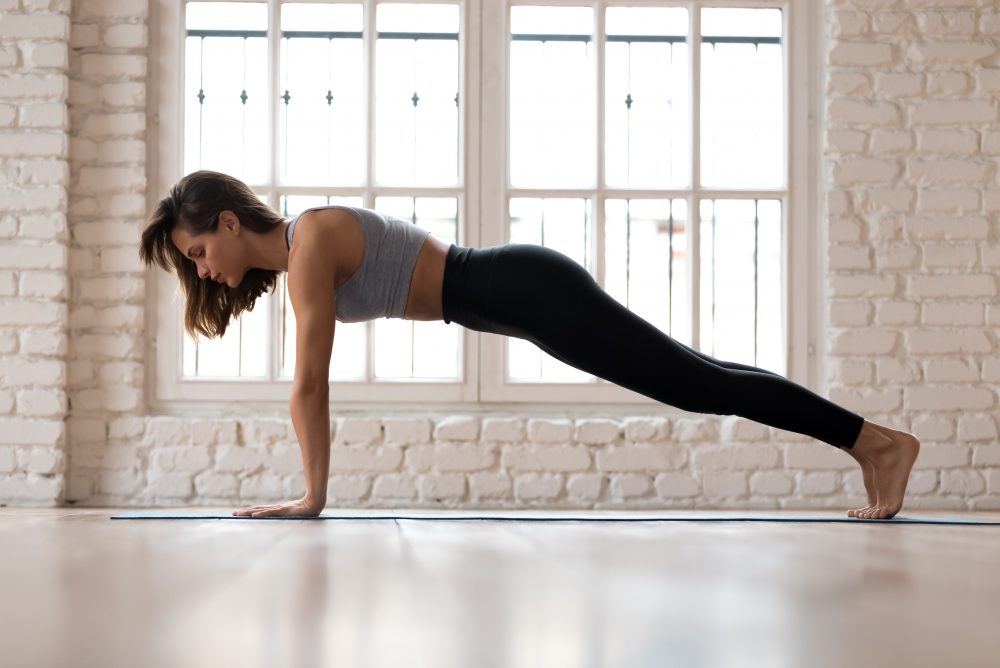
This month we want to focus on the core’s importance in activities of daily life, and the role core strength and activation plays in longevity and injury prevention. The human core has three-dimensional depth, and functions in all three planes of motion. Although we typically train the most superficial muscles of the abdominals and obliques, many important muscles are hidden beneath exterior musculature.
“Core” literally translates to the anatomical structure that is the deepest and most central to the spine. These muscles are absolutely imperative to functional stabilization during static and dynamic movement.
Simply put, you can think of the core as all of the following:
The core muscles are the base of support for your entire body. Since the core supports your spine and pelvis and connects your upper and lower body, it allows for transfer of force during activities of daily life. Simply put, the core literally and figuratively supports almost every activity from walking your dog, to snatching, and completing a pilates teaser. The most common problem with core engagement is that clients “hollow out their abdomens,” or “brace for activity,” rather than visualizing and contracting through deep abdominal activation.
Take our simple test:
Step 1: Place your hands on your hip bones and slide them in towards your belly button.
Step 2: Take a deep breath and allow breathing to return to normal.
Step 3: Activate the area right below your fingers. True core activation should feel as though you are pulling the belly button in towards the spine, while contracting lower abdominals without holding your breath.
Step 4: Visualize the lower abdominals contracting– just like a bicep curl.
(The feeling is similar to trying on a pair of jeans, tightening a belt loop, or pulling up spanx!)
Try these core movements utilizing the activation techniques above. Work for 40 seconds and rest for 20. Repeat for three rounds. When you’re ready for advanced modifications email us!
Movement 1: Classic Plank
Movement 2: Supine Bridging
Movement 3: Bird Dogs
xx,
Wecollab
References:
Duff, W. R. D., Andrushko, J. W., Renshaw, D. W., Chilibeck, P. D., Farthing, J. P., Danielson, J., & Evans, C. D. (2018). Impact of Pilates Exercise in Multiple Sclerosis: A Randomized Controlled Trial. International Journal of MS Care, 20(2), 92–100.
Lee, H. T., Oh, H. O., Han, H. S., Jin, K. Y., & Roh, H. L. (2016). Effect of mat pilates exercise on postural alignment and body composition of middle-aged women. Journal of Physical Therapy Science, 28(6), 1691–1695.
Moon, J.-H., Hong, S.-M., Kim, C.-W., & Shin, Y.-A. (2015). Comparison of deep and superficial abdominal muscle activity between experienced Pilates and resistance exercise instructors and controls during stabilization exercise. Journal of Exercise Rehabilitation, 11(3), 161–168.
Bullo V, Bergamin M, Gobbo S, Sieverdes JC, Zaccaria M, Neunhaeuserer D, Ermolao A. The effects of Pilates exercise training on physical fitness and wellbeing in the elderly: A systematic review for future exercise prescription. Prev Med. 2015;75:1–11
https://uhs.princeton.edu/sites/uhs/files/documents/Lumbar.pdf
http://www.pelvicfloorfirst.org.au/data/files/The_pelvic_floor_and_resistance_exercises.pdf